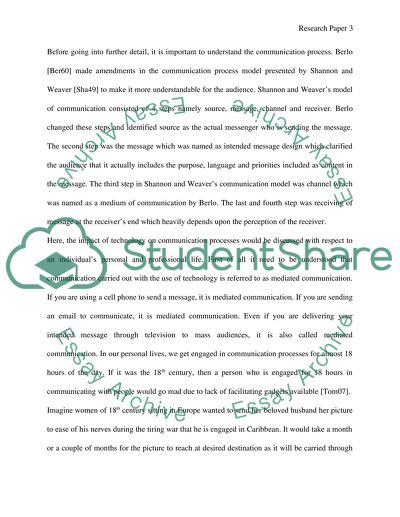Cite this document
(“Technology and the Communication Process Research Paper”, n.d.)
Technology and the Communication Process Research Paper. Retrieved from https://studentshare.org/journalism-communication/1483937-technology-and-the-communication-process
Technology and the Communication Process Research Paper. Retrieved from https://studentshare.org/journalism-communication/1483937-technology-and-the-communication-process
(Technology and the Communication Process Research Paper)
Technology and the Communication Process Research Paper. https://studentshare.org/journalism-communication/1483937-technology-and-the-communication-process.
Technology and the Communication Process Research Paper. https://studentshare.org/journalism-communication/1483937-technology-and-the-communication-process.
“Technology and the Communication Process Research Paper”, n.d. https://studentshare.org/journalism-communication/1483937-technology-and-the-communication-process.


